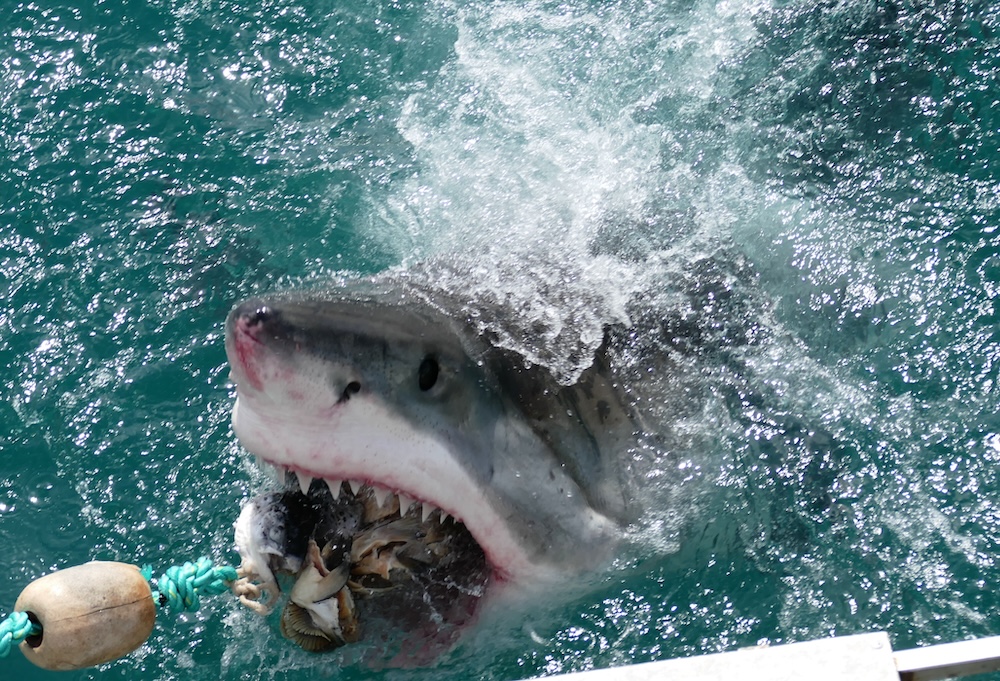At Sharkathon, Shark Fishers Are a Keen Audience for Conservation Advice
Posted
Last Updated
By Claudia Geib.
Catch-and-release fishing can kill sharks. But fishers will work to limit the damage—once they know how.Every fall, more than 900 recreational anglers in Texas gather their gear and wade into the blood-warm waters of the Gulf of Mexico for Sharkathon. In this four-day catch-and-release shark fishing tournament, anglers vie to land the biggest shark they can, seeking a share of the roughly US $80,000 prize pool. The sharks and the prize purses are huge: in 2022, the top award, worth $20,000, went to the fisher who ensnared a nearly three-meter-long hammerhead. But that year, Kesley Banks, a marine biologist at Texas A&M University–Corpus Christi, went home with a prize of her own.
During that year’s Sharkathon, Banks and her colleagues shared tips with participants about keeping sharks healthy while they’re on the hook. The researchers documented how anglers handled their catches, and in a recent study, they show that the interventions worked. Sharkathon anglers took Banks’s pointers to heart, giving the apex predators a better chance of surviving the ordeal of being temporarily ensnared.
There’s a growing awareness among anglers and the general public about how important sharks are to marine ecosystems and how threatened some populations are. At the same time, Banks has seen a major shift in how recreational shark fishers operate in Texas. The fishery is one of the largest shore-based fisheries in the United States. Once a kill fishery, it is increasingly moving toward catch-and-release methods.
Of the 38 shark species regularly caught in Texas, 22 must be humanely released, according to state law. New laws focus on protecting sharks from harm—like one passed in 2019 that requires fishers to replace J-shaped hooks with circle hooks, which are less likely to kill a shark when swallowed.
Read more at hakaimagazine.com.

